The Galong – Boorowa Railway, in New South Wales, Australia, was officially opened on 10th October 1914 although the laying of rails was completed in May 1914 and the first train steamed into Boorowa in August 1914. Galong, on the Main South railway between Yass and Harden was the junction for this railway. The railway operated until 1987, when it was designated “permanently out of service”, although the rails remained after that date at least in some parts of the railway as late as 2024. It was operated by the NSWGR (New South Wales Government Railways).
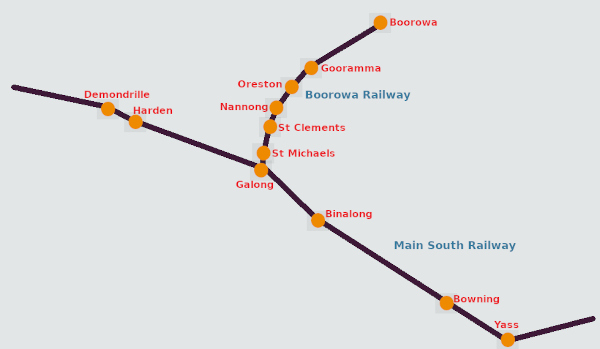
Usually the Boorowa railway had 3 scheduled services each week, on Tuesday, Thursday and Saturday. In the early days of the railway these services were scheduled to connect with mail trains to and from Sydney which meant trains from Galong for Boorowa departed Galong in the early morning. After arriving at Boorowa, the train would remain there for the remainder of the day, goods being loaded and unloaded during it’s time there, and would depart Boorowa for Galong in the early evening. These services seemed to have been mixed trains catering for both goods and passengers.
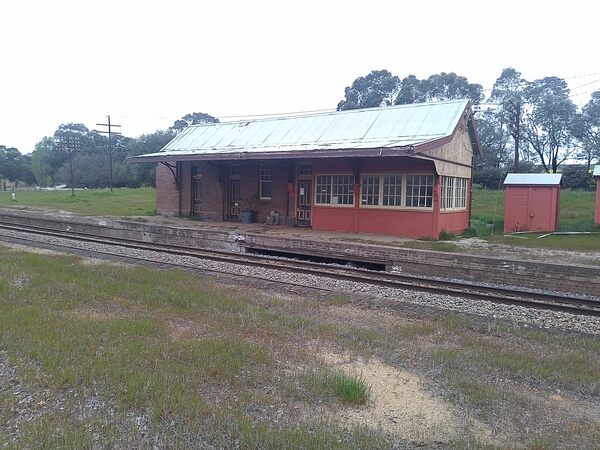

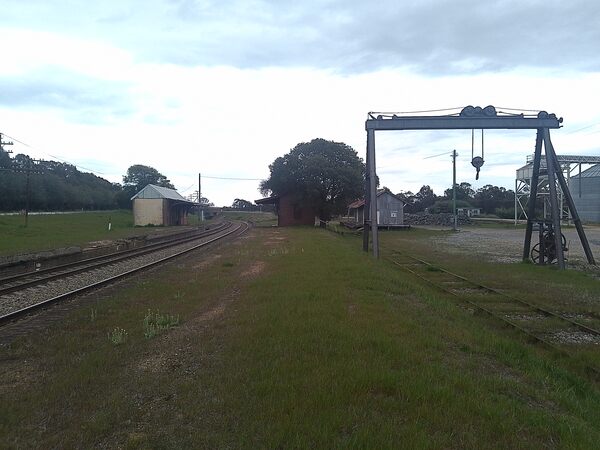
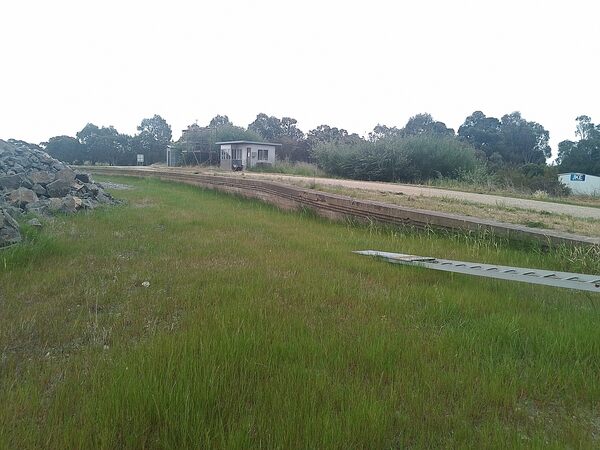
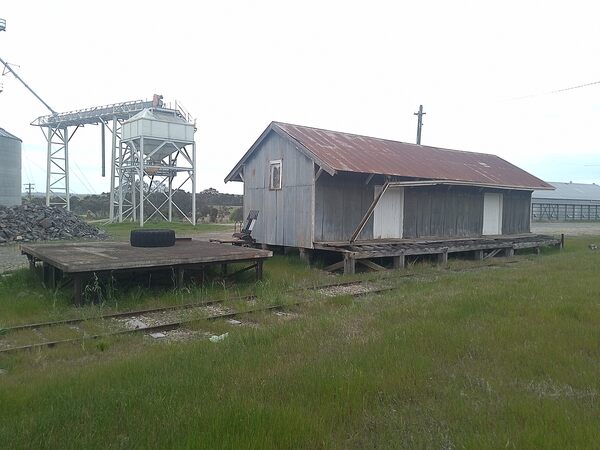
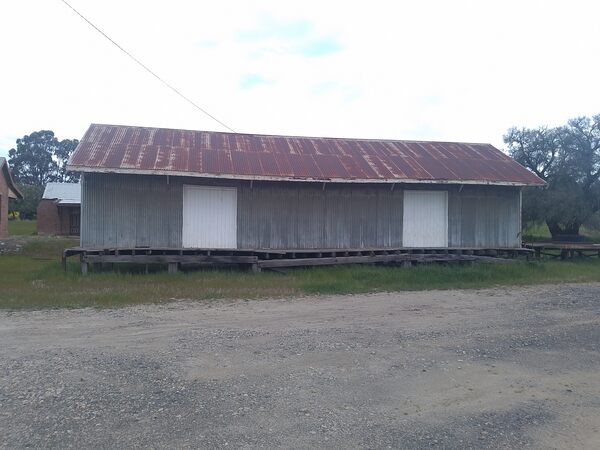
By 1929, the Galong – Boorowa railway also had a railmotor service on Monday, Wednesday and Friday. This service was considerably quicker than the locomotive hauled services on Tuesday, Thursday and Saturday, taking only 39 minutes to completed the journey between Galong and Boorowa. But by 1949 the railmotor service had been discontinued, leaving just the mixed trains to serve the railway.
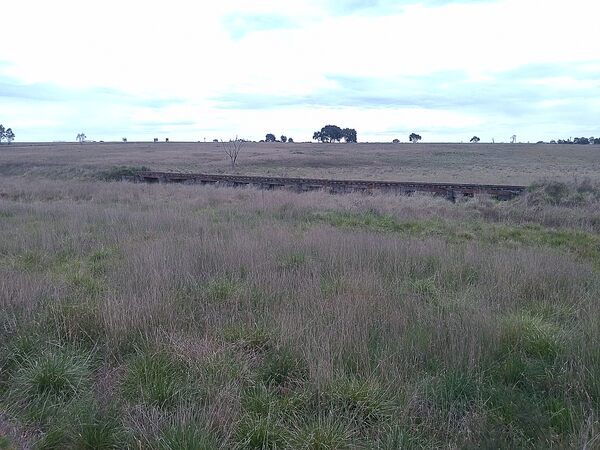
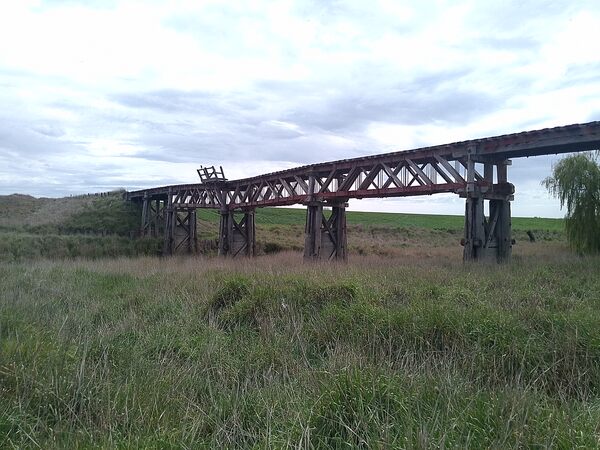
The 1950s was the heyday of the Boorowa railway, with large quantities of agricultural produce being sent out, cattle, sheep and even horses being sent out and brought in, and fertiliser and machinery being brought in. One year a record 40,000 sheep and cattle were transported over the railway. Over the ensuring years the amount of freight declined, in part due to abattoirs being established at Cootamundra, Wagga Wagga and Goulburn which meant that cattle were no longer despatched from Boorowa to their usual destinations. As late as the 1960s, a bakery in Boorowa was still receiving it’s flour by the railway. In the 1970s, a road link between Boorowa and the Hume Highway meant that road transport in and out of the town had become lower in cost.
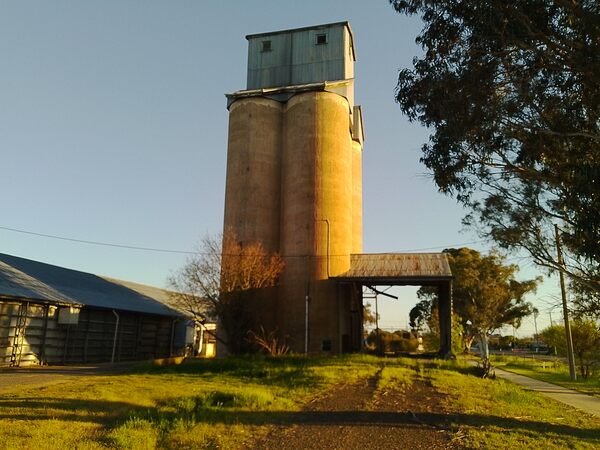
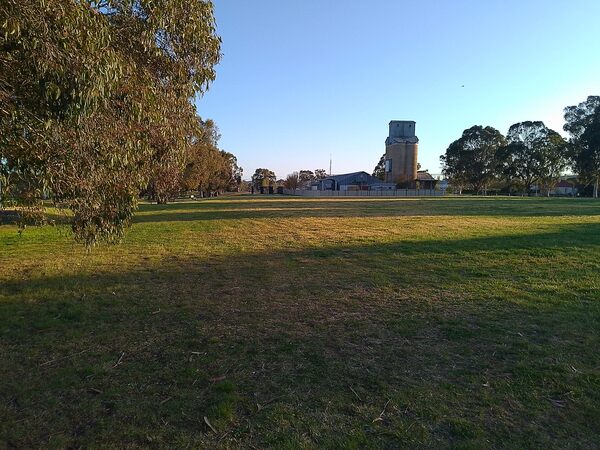
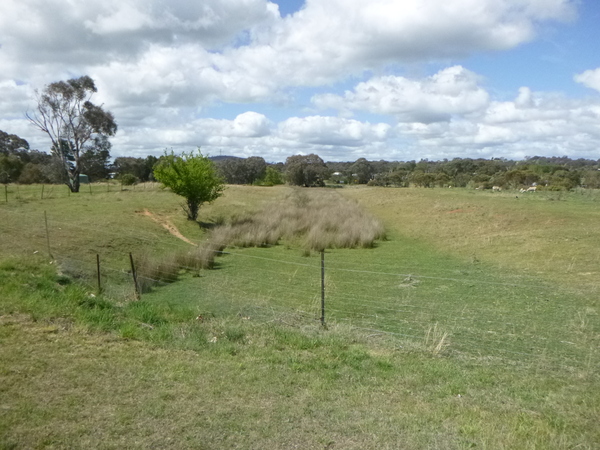
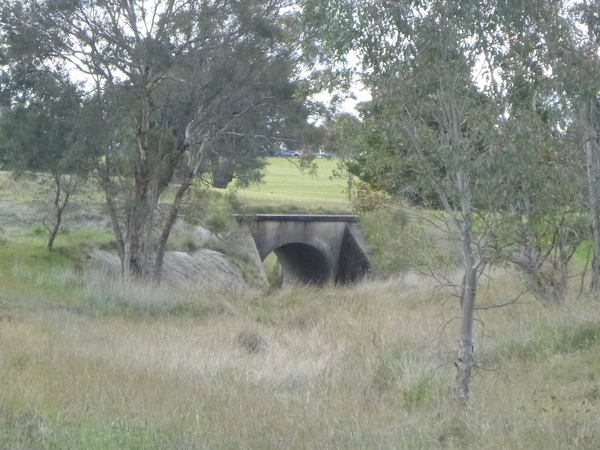
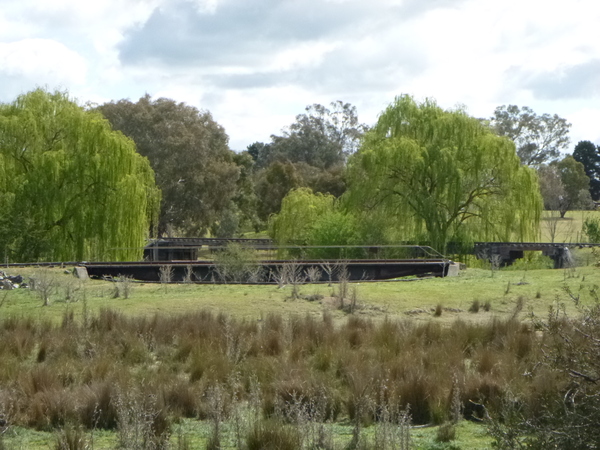
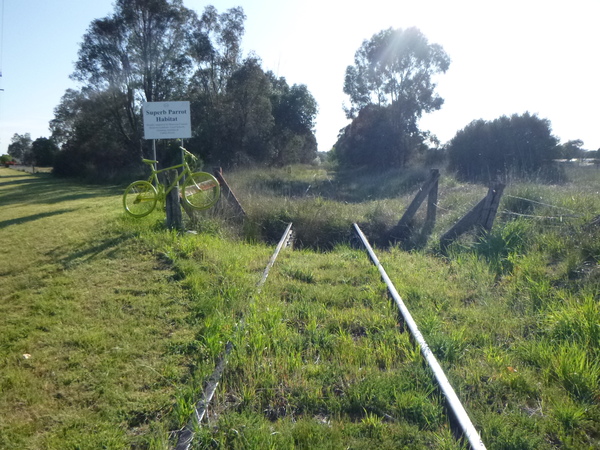
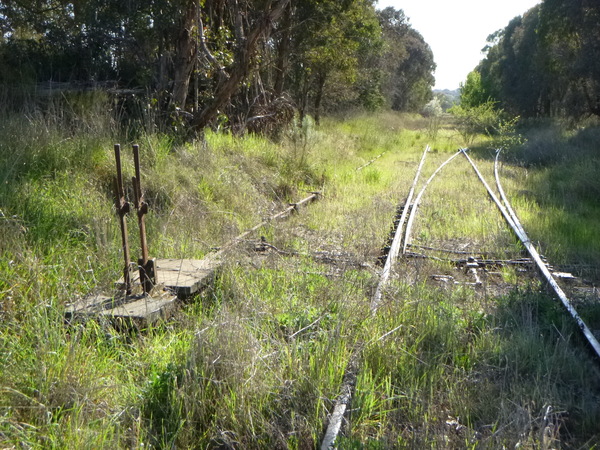
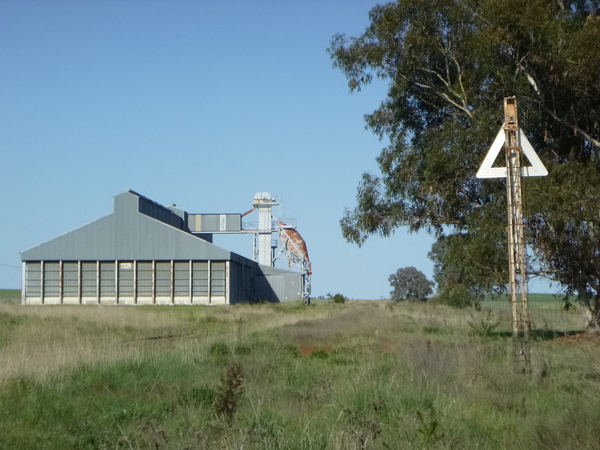
Earlier in the life of this railway, special events such as sports days were sometimes accompanied by special passenger trains to carry people to and from those events, but as car ownership increased those special trains were no longer run.